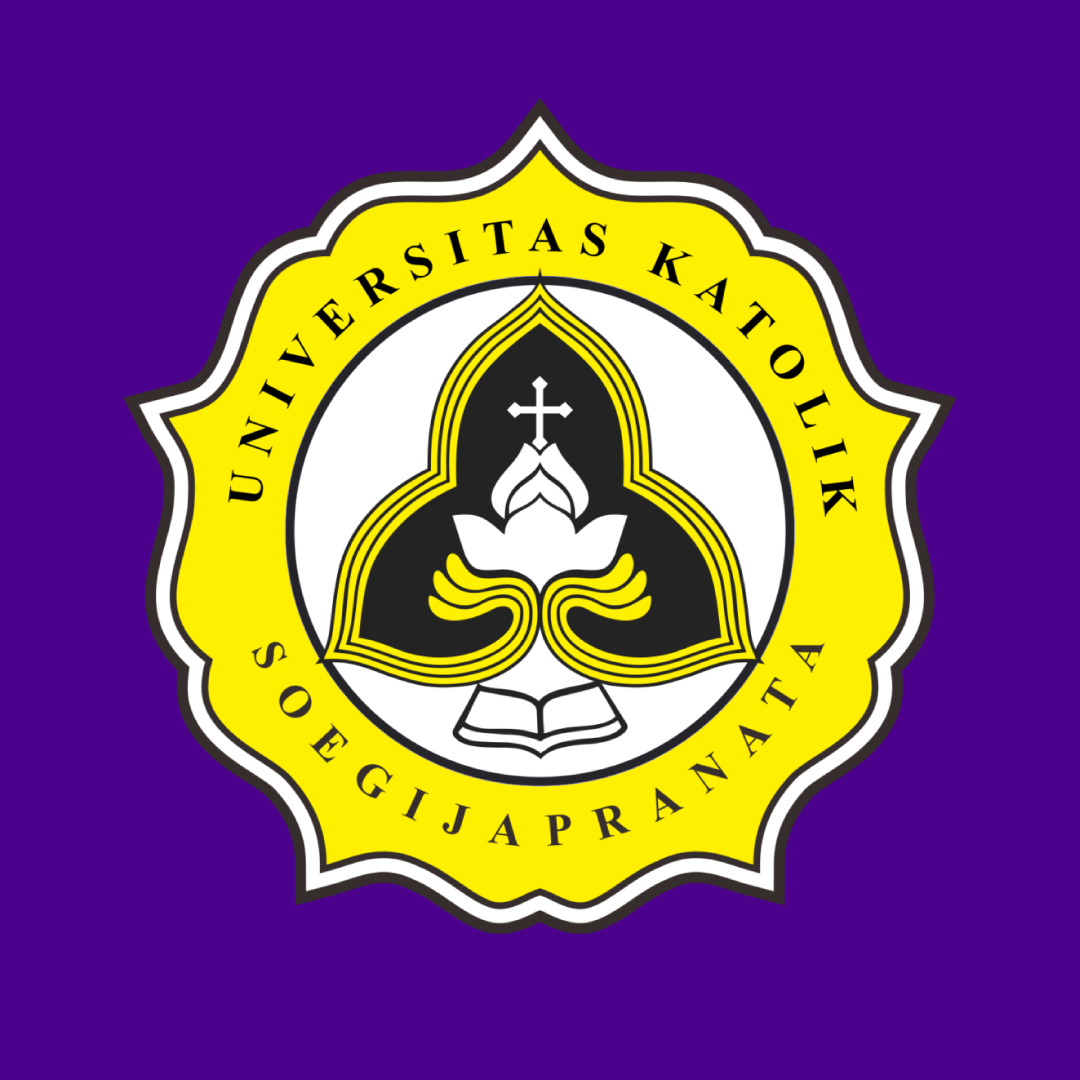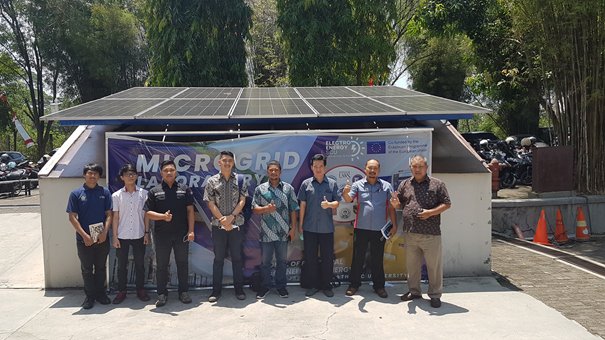
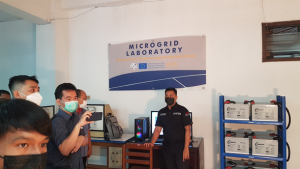 Initially, the electricity system used a generation system that was built in a centralized manner close to energy sources even though it was far from load centers (consumers). Such a system requires a transmission system which results in large power losses. Distributed Energy Resources (DER) which include Distributed Generation (DG) and distributed storage (DS) are energy sources that are located close to the load center and can provide various benefits including high reliability if operated properly in the electricity distribution network . By generating small-scale electrical energy close to consumers, electrical energy efficiency can be increased, reducing pollution, increasing system (grid) resilience and reducing the need for investment in new transmission systems.
Initially, the electricity system used a generation system that was built in a centralized manner close to energy sources even though it was far from load centers (consumers). Such a system requires a transmission system which results in large power losses. Distributed Energy Resources (DER) which include Distributed Generation (DG) and distributed storage (DS) are energy sources that are located close to the load center and can provide various benefits including high reliability if operated properly in the electricity distribution network . By generating small-scale electrical energy close to consumers, electrical energy efficiency can be increased, reducing pollution, increasing system (grid) resilience and reducing the need for investment in new transmission systems.
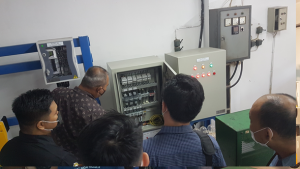 Distributed Generation (DG), which is often referred to as on-site or decentralized generation, is a term to describe a future electricity system based on environmentally friendly renewable energy. Because electrical energy produced from renewable energy (solar, wind, etc.) is “intermittent” or rapidly changing, in its implementation, electrical energy from renewable sources still requires fossil-based electrical energy. The combination of the two systems produces a new, more efficient system, such a system is known as the MICROGRID.
Distributed Generation (DG), which is often referred to as on-site or decentralized generation, is a term to describe a future electricity system based on environmentally friendly renewable energy. Because electrical energy produced from renewable energy (solar, wind, etc.) is “intermittent” or rapidly changing, in its implementation, electrical energy from renewable sources still requires fossil-based electrical energy. The combination of the two systems produces a new, more efficient system, such a system is known as the MICROGRID.
The MICROGRID
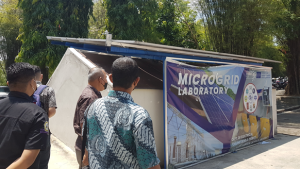 The MICROGRID system has at least one Distributed Energy Resource and a load which under certain conditions can be separated from the grid, making it more reliable. In contrast to the PV-Grid Connected system which must be turned off when there is a disturbance to the utility (PLN). MICROGRID systems can be formed from solar panels, wind turbines or other renewable generators and energy storage systems (can be batteries or other systems). The MICROGRID system can operate in conditions connected to PLN or independently (in the event of a disturbance to the PLN) or known as “islanding mode”. The MICROGRID system is widely applied to office buildings, hospitals, residential complexes, industries, campuses and others.
The MICROGRID system has at least one Distributed Energy Resource and a load which under certain conditions can be separated from the grid, making it more reliable. In contrast to the PV-Grid Connected system which must be turned off when there is a disturbance to the utility (PLN). MICROGRID systems can be formed from solar panels, wind turbines or other renewable generators and energy storage systems (can be batteries or other systems). The MICROGRID system can operate in conditions connected to PLN or independently (in the event of a disturbance to the PLN) or known as “islanding mode”. The MICROGRID system is widely applied to office buildings, hospitals, residential complexes, industries, campuses and others.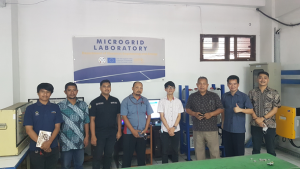
Soegijapranata Catholic University supported by ERASMUS+ (European Union) in the eACCESS project (EU-Asia Collaboration for Accessible Education in Smart Power Systems) is holding this event on September 9th 2022 with the aim of:
- Provide new insights related to the use of renewable energy sources that can be combined with PLN electricity
- Practitioners in the industrial world have the concept of managing electricity consumption efficiently
- Planters in the industrial world have a concept in operating electricity in the industry with better reliability and durability
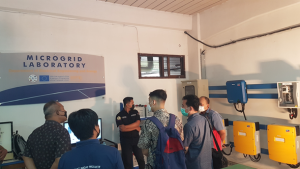 This training was attended by several company technical team representatives in Central Java such as PT. Duniatex Sragen, PT. Pura Barutama Kudus, etc
This training was attended by several company technical team representatives in Central Java such as PT. Duniatex Sragen, PT. Pura Barutama Kudus, etc
Summarise output of the event:
- Basic distributed generation (DG) and microgrid
- Photovoltaic
- Static converters
- Various mode on Microgrid operations


